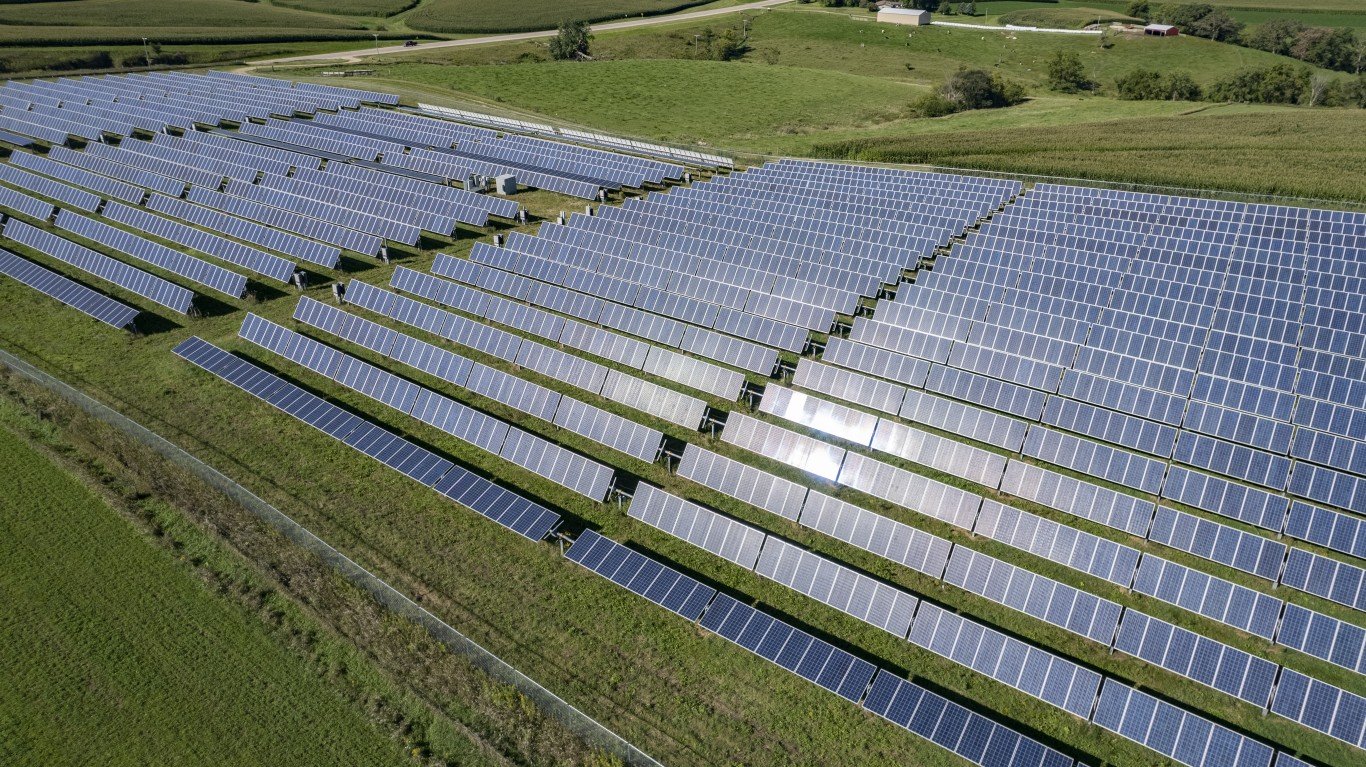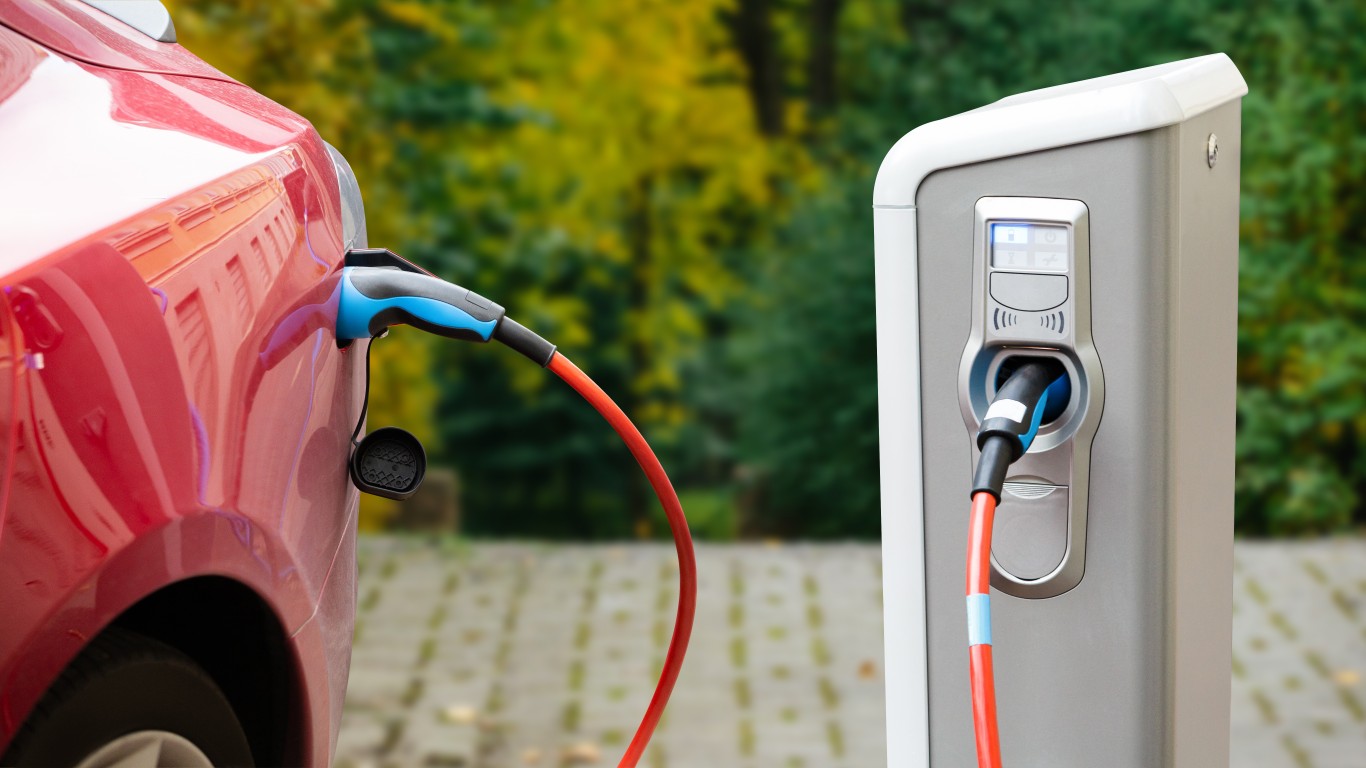
33. Wisconsin
> Potential jobs created under Inflation Reduction Act in 2030: 1 for every 294 people (20,196 total)
> Potential new jobs as a share of current unemployed population: 22.4%
> Unemployed population in 2022: 90,079 (2.9% of labor force)
> Energy-related carbon dioxide emissions in 2021: 15.7 metric tons per person (6.2% higher than avg.)

32. Kentucky
> Potential jobs created under Inflation Reduction Act in 2030: 1 for every 293 people (15,482 total)
> Potential new jobs as a share of current unemployed population: 19.4%
> Unemployed population in 2022: 79,945 (3.9% of labor force)
> Energy-related carbon dioxide emissions in 2021: 24.7 metric tons per person (66.9% higher than avg.)

31. New York
> Potential jobs created under Inflation Reduction Act in 2030: 1 for every 292 people (69,790 total)
> Potential new jobs as a share of current unemployed population: 17.0%
> Unemployed population in 2022: 411,168 (4.3% of labor force)
> Energy-related carbon dioxide emissions in 2021: 7.9 metric tons per person (46.9% lower than avg.)

30. Rhode Island
> Potential jobs created under Inflation Reduction Act in 2030: 1 for every 292 people (3,792 total)
> Potential new jobs as a share of current unemployed population: 20.8%
> Unemployed population in 2022: 18,235 (3.2% of labor force)
> Energy-related carbon dioxide emissions in 2021: 9.7 metric tons per person (34.5% lower than avg.)

29. New Hampshire
> Potential jobs created under Inflation Reduction Act in 2030: 1 for every 291 people (4,784 total)
> Potential new jobs as a share of current unemployed population: 24.7%
> Unemployed population in 2022: 19,333 (2.5% of labor force)
> Energy-related carbon dioxide emissions in 2021: 9.6 metric tons per person (35.3% lower than avg.)





